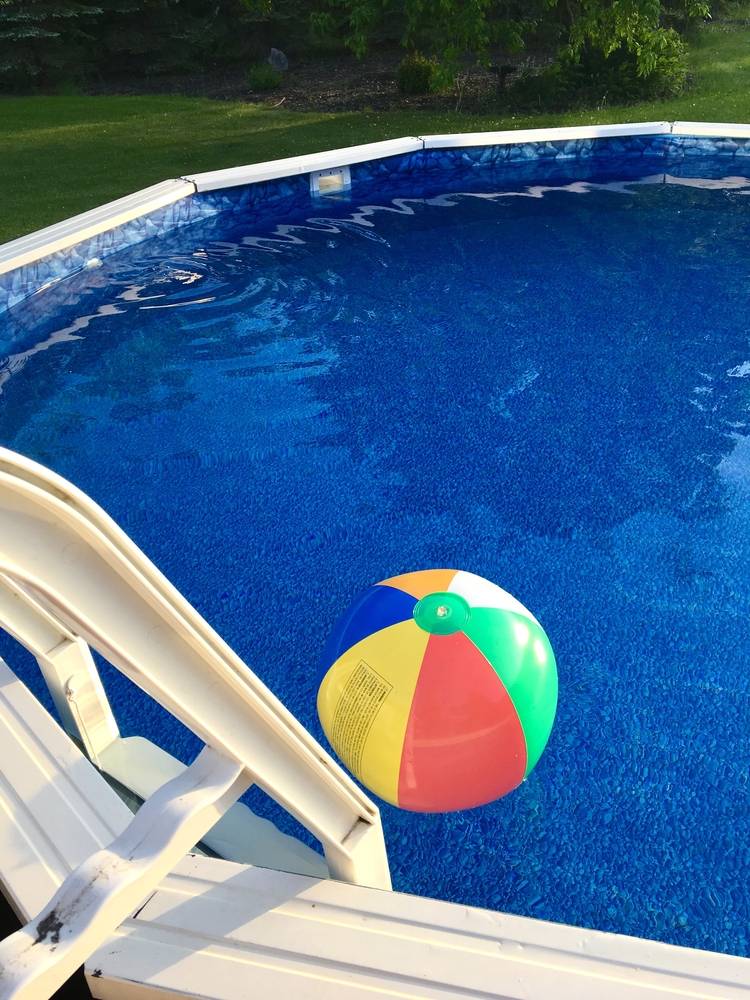Hello everyone,
Moved into our new home recently, so slowly starting to wrap my head around pool maintenance
It's a saltwater pool built around 1978. I've installed a new chlorinator recently, FC levels are kept at 5-6, so, water seems to be balanced and crystal clear.
I was hoping to get some advice on a few things about the pool, as I'm not sure exactly how it's built:
Appreciate the help Learned a lot from Pool School posts.
Learned a lot from Pool School posts.
Moved into our new home recently, so slowly starting to wrap my head around pool maintenance
It's a saltwater pool built around 1978. I've installed a new chlorinator recently, FC levels are kept at 5-6, so, water seems to be balanced and crystal clear.
I was hoping to get some advice on a few things about the pool, as I'm not sure exactly how it's built:
- It seems to be a concrete pool with some sort of plaster covering (see the pic). Is it a correct assumption?
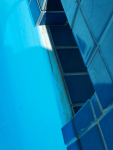
- The plumbing seems to be fine, haven't detected any leaks. The skimmer is also sound. But, water-level tiles seem to be in a very bad shape. We've had a few tiles falling off over the last few weeks. Grout is completely washed out in some areas.
Whenever I try to fill the pool above the tile level, it drops back within the next 24-48h (that's a 1-2" drop).
What's the best course of action here? I was thinking of removing all the tiles and getting someone to check the state of the inner shell in case there are cracks.
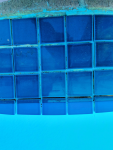
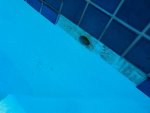
- Finally, there are a few rust-like spots. Should I test water for metals before I unleash my DIY skills on them (e.g. Vit C)?
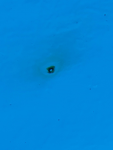
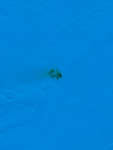
Appreciate the help
Last edited by a moderator:


 First, I'm going to modify your thread title to include "AUS" as that will help get some locals attracted to your thread as resources vary in your area. The biggest example - a proper test kit. You'll want to research ClearChoice Labs for the Taylor K-2006C equivalent. That is perhaps the most important step.
First, I'm going to modify your thread title to include "AUS" as that will help get some locals attracted to your thread as resources vary in your area. The biggest example - a proper test kit. You'll want to research ClearChoice Labs for the Taylor K-2006C equivalent. That is perhaps the most important step.
